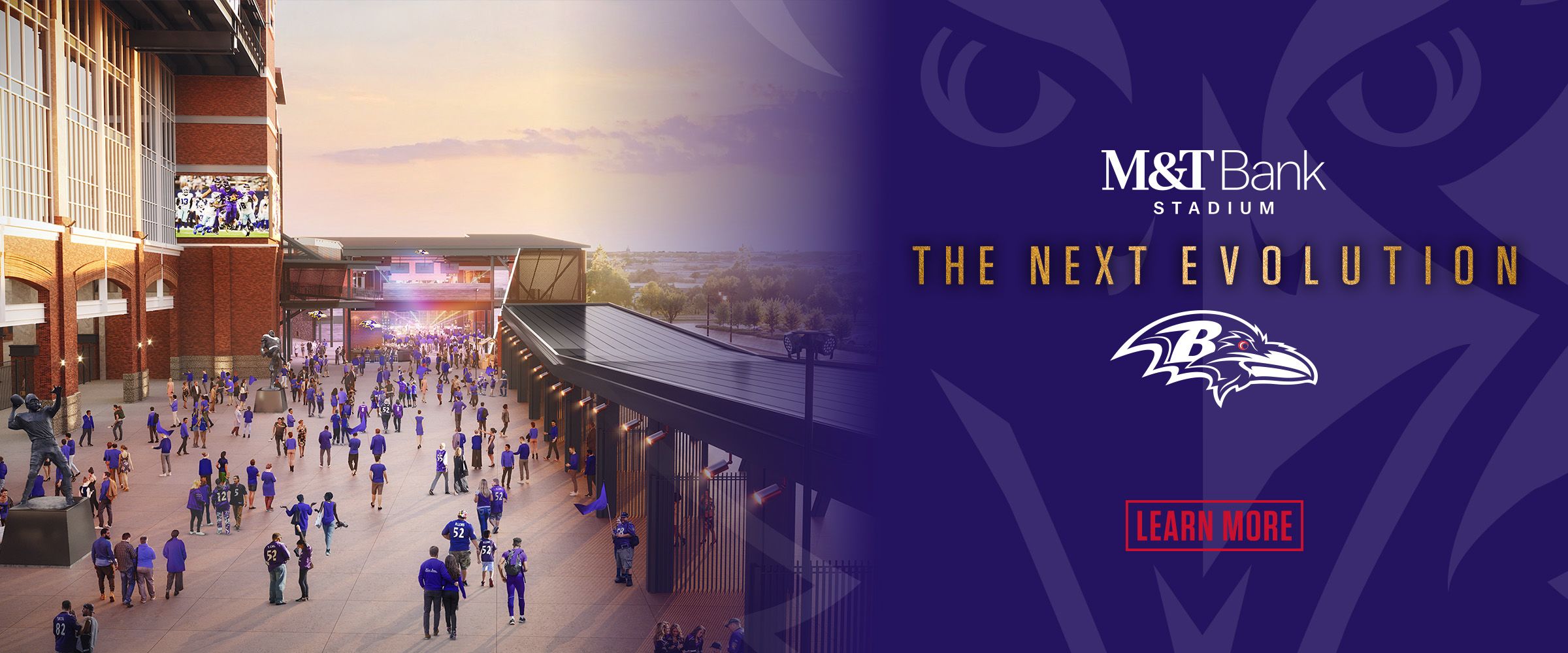It's like a playbook, scripted for the first four rounds of the NFL Draft.
Inside it includes scenarios for just about every possibility, including trades the Ravens could make if a player slides or they don't like those available when they're on the clock.
"Believe it or not, the decision's made before the draft," Assistant General Manager Eric DeCosta said when asked about the possibility of trading.
"One of my responsibilities is to come up with all the different scenarios as the draft unfolds so that we are prepared for basically any scenario that could happen. So as we go through our list of players, we break it down by players that we would consider trading up to get [and] players that we would trade away from."
The Ravens generally expect layers rated higher on their list than No. 32 to be available when they're on the clock. Each time somebody outside their top 32 is picked, the Ravens know they'll end up getting a player they covet more.
But if that doesn't happen, or if there isn't a player on the board they like at 32, they can walk away.
"There will be some players that if they are on the clock, we will consider trading away from them, acquiring value and then trying to select another player," DeCosta said.
DeCosta didn't specifically say he has trades already lined up. But it's a common practice for teams to have discussions before the draft starts if they're willing to move.
DeCosta said the Ravens' options are "always open."
Baltimore hasn't made a selection in its original first-round position in any of the past five years. In four of those drafts, they traded. In the other (2011), the clock expired and they made the next selection.
The Ravens moved out of the first round last year and took outside linebacker Courtney Upshaw with the third pick of the second round. They also moved out of the first round in 2010 and took outside linebacker Sergio Kindle with the 11th pick of the second. They jumped three spots to take tackle Michael Oher in 2009.Baltimore moved back, then up again to take quarterback Joe Flacco in 2008.
With eight picks this year that can be traded (compensatory picks cannot be moved), the Ravens have flexibility to move around the board yet again.
"Having the eight picks we can trade gives us the opportunity to maybe make some moves," DeCosta said. "If we covet a player that's still available, maybe we go up and get him. Maybe we deal some of those picks for some value next year in that draft."
DeCosta said the Ravens have long wanted to add value in future drafts. For example, they may look to trade a fifth-round pick for a fourth rounder next year, or a fourth rounder this year for a third-round pick next April.
When it comes to executing a trade on draft day, Ravens Vice President of Football Administration Pat Moriarty is the one who handles what the deal should be. The capologist and math whiz can quickly evaluate the value of trades.
While the draft can't be completely predicted, the Ravens try to make it a science as much as possible with their "game plan."
"We stick to that," DeCosta said. "We don't deviate from that at all. We have a plan going in; it's very well organized. … It really is scripted and we cover that exactly like we're calling plays of a game."


















